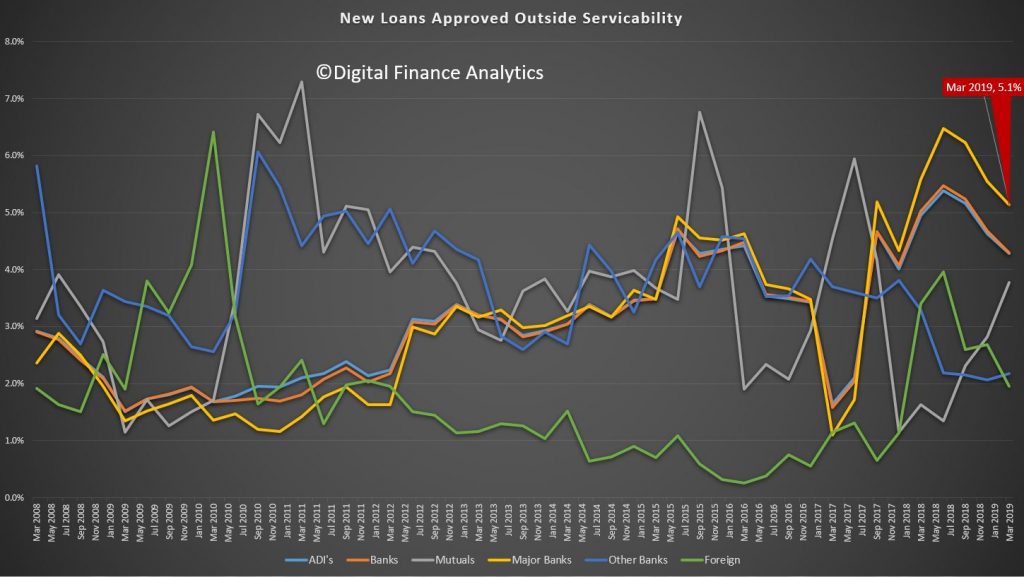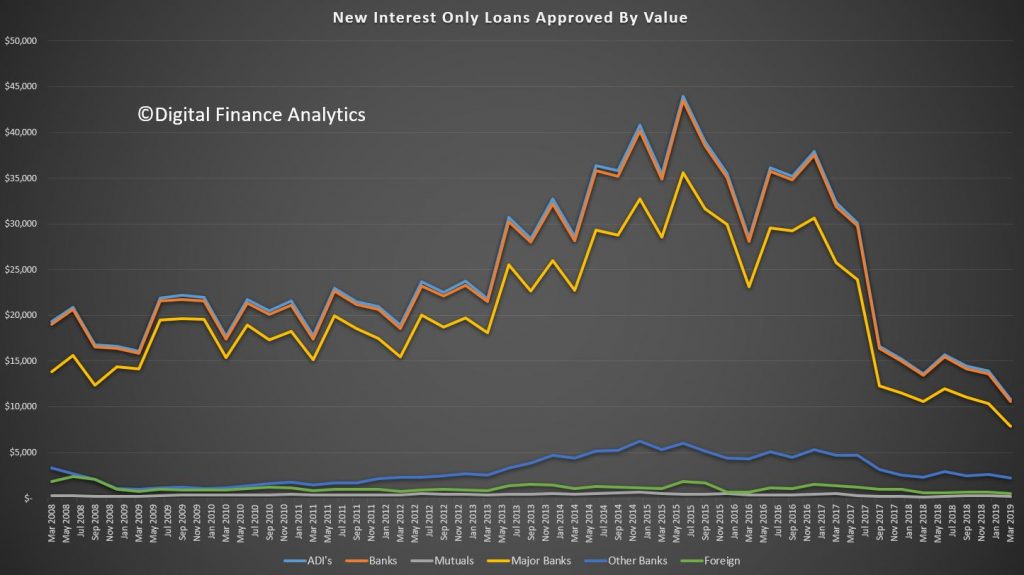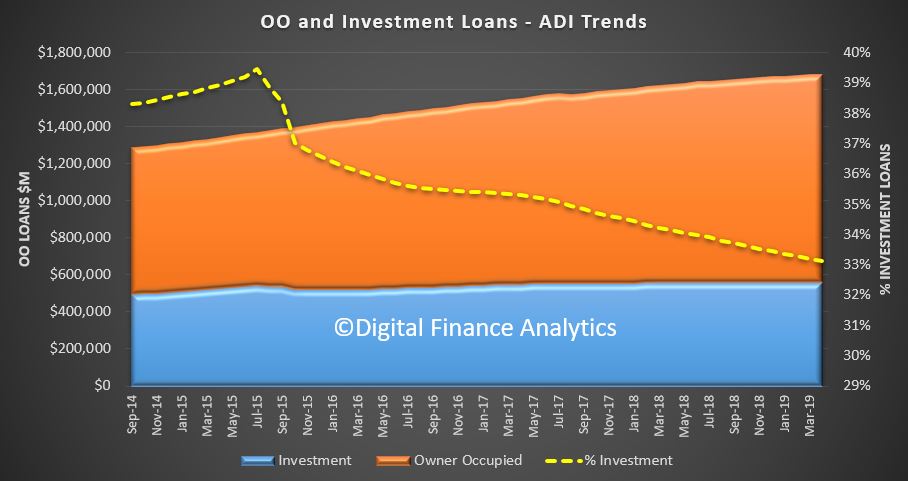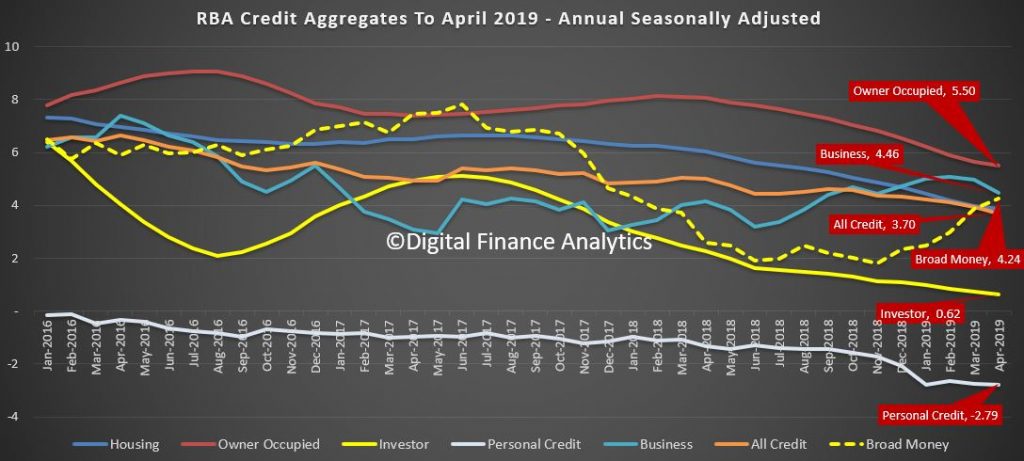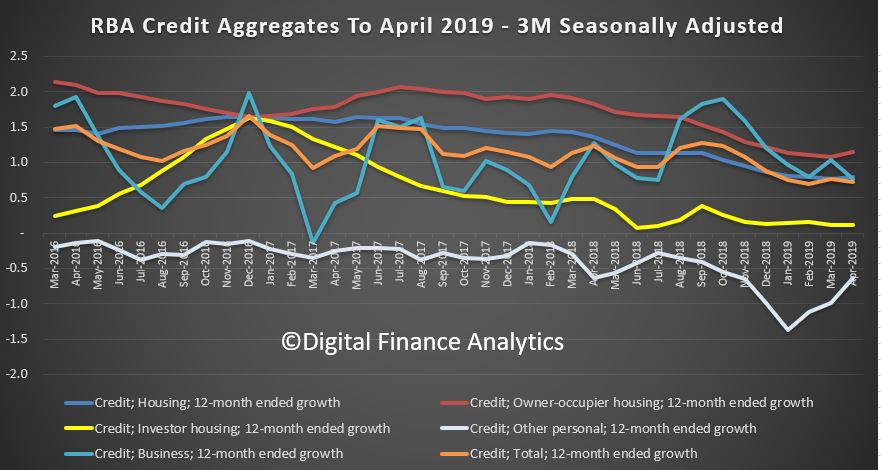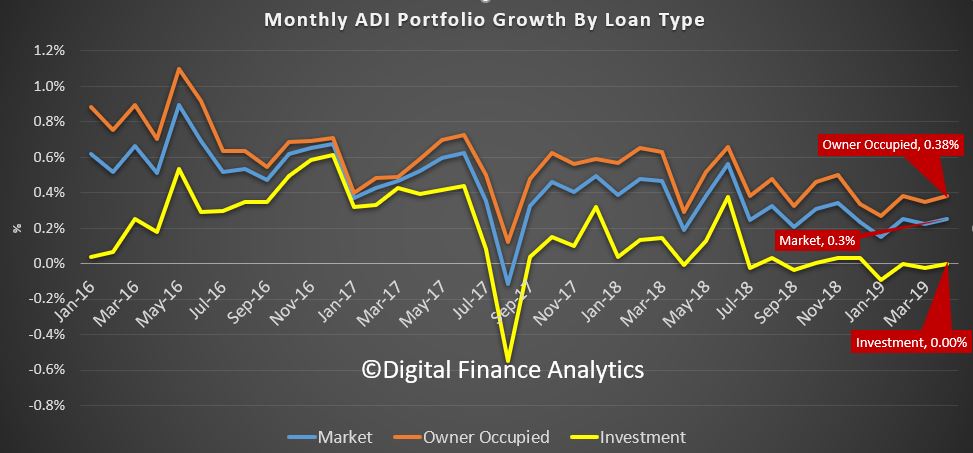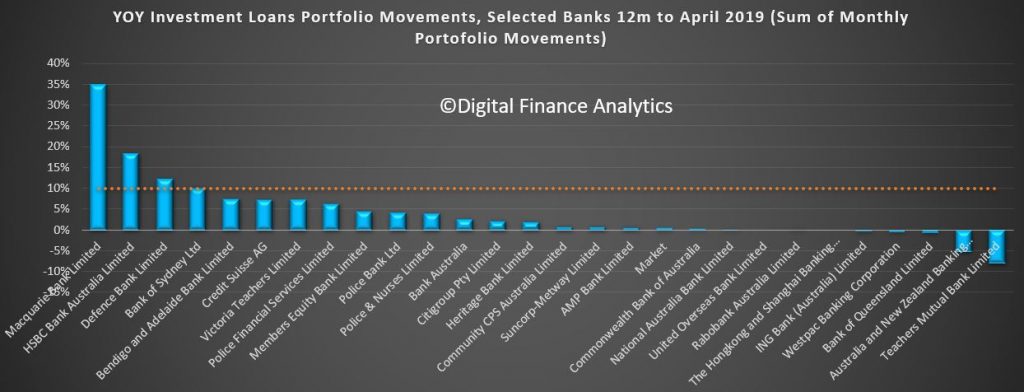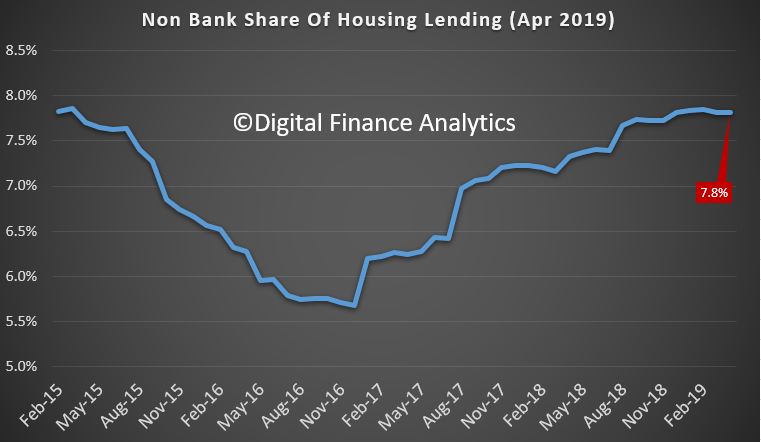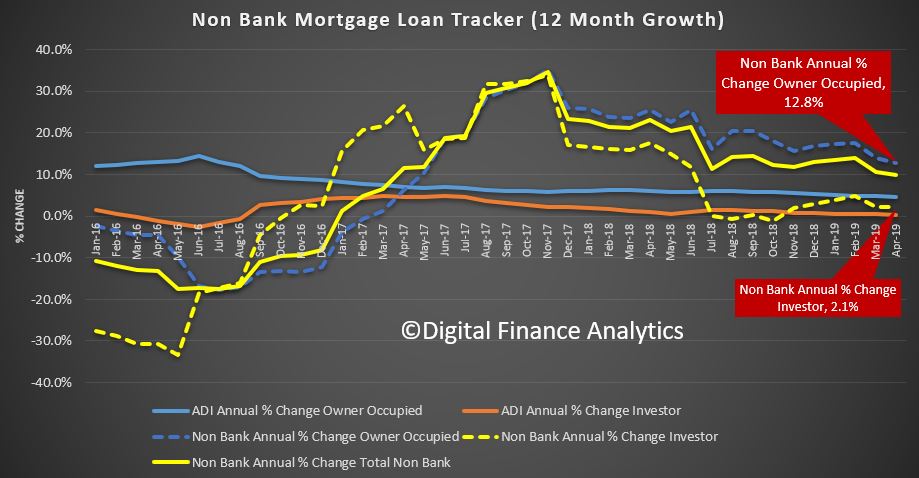An executive board member of APRA has told delegates that failing to take action on climate change now will lead to much higher economic costs in the long term, via InvestorDaily.

Executive board member Geoff Summerhayes spoke to the International Insurance Society Global Insurance Forum in Singapore and told delegates that short-term pains were needed for long-term gains.
“The level of economic structural change needed to prepare for the transition to the low-carbon economy cannot be undertaken without a cost,” he said.
“But it’s also true that failing to act carries its own price tag due to such factors as extreme weather, more frequent droughts and higher sea levels.”
Mr Summerhayes said that Australia had its share of the climate change debate, with one side calling for action and the other viewing climate change action as expensive.
“The risk is global, yet the costs of action may not fall evenly on a national basis. And second, the benefits will accrue in the future, but many of the costs of change must be borne now. For the Australian community, this remains a highly contentious set of issues,” he said.
Talking to experts in risk management, Mr Summerhayes called on the insurance industry to play a leadership role in bringing forward better data for what the costs of climate action are.
“By developing more sophisticated tools and models, and especially through enhanced disclosure of climate-related financial risks, insurers can help business and community leaders make decisions in the best interests of both environmental and economic sustainability,” he said.
APRA raised the issue in 2017 of the financial risks of climate change and since then has been endorsed by the RBA and ASIC as well.
“When a central bank, a prudential regulator and a conduct regulator, with barely a hipster beard or hemp shirt between them, start warning that climate change is a financial risk, it’s clear that position is now orthodox economic thinking,” Mr Summerhayes said.
How best to act remains a challenge, Mr Summerhayes admitted, and people were still debating who should carry the burden and whether the benefits were worth the costs.
“Government spending decisions may need to be reprioritised, and not every member of society will be able to bear these short-term costs equally comfortably,” he said.
However, what many forgot is that economic change also presents economic opportunities, the board member added.
“Forward-thinking businesses have for years been seeking to get ahead of the low-carbon curve by developing new products, expanding into untapped markets or investing in green finance opportunities,” he said.
Ultimately, it was a fight between short-term impact or long-term damage, Mr Summerhayes said.
“Controlled but aggressive change with a major short-term impact but lower long-term economic cost? Or uncontrolled change, limited short-term impact and much greater long-term economic damage?
“When put like that, it seems such a straight-forward decision, but in reality, businesses around the world are struggling to find the appropriate balance.”
Climate risk was ultimately an environmental and economic problem, and Mr Summerhayes said framing it as a cost-of-living problem presented a false dichotomy.
“That approach risks deceiving investors or consumers into believing there is no economic downside to acting slowly or not at all. In reality, we pay something now or we pay a lot more later. Either way, there is a cost,” Mr Summerhayes said.
Ultimately, better data could help everyone to better understand the physical risk trade-off and the reality that there was no avoiding the costs of adjusting to a low-carbon future.
“Taking strong, effective action now to promote an early, orderly economic transition is essential to minimising those costs and optimising the benefits. Those unwilling to buy into the need to do so will find they pay a far greater price in the long run,” he said.

